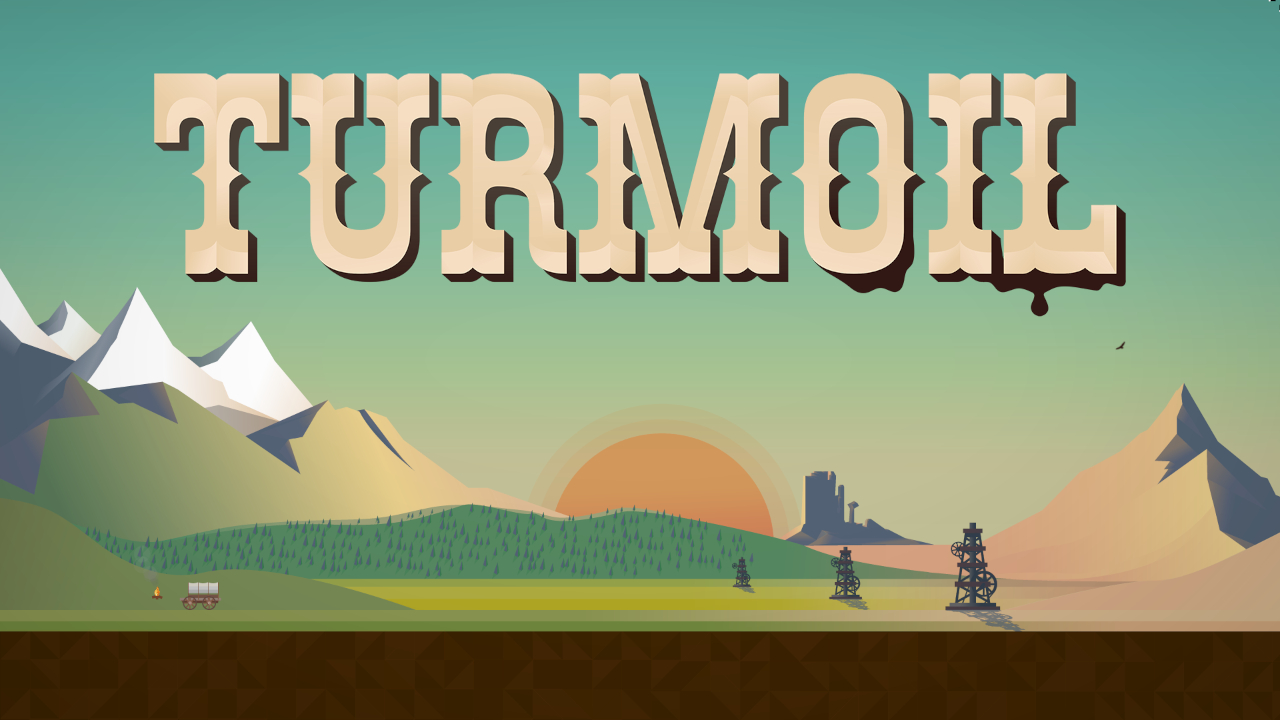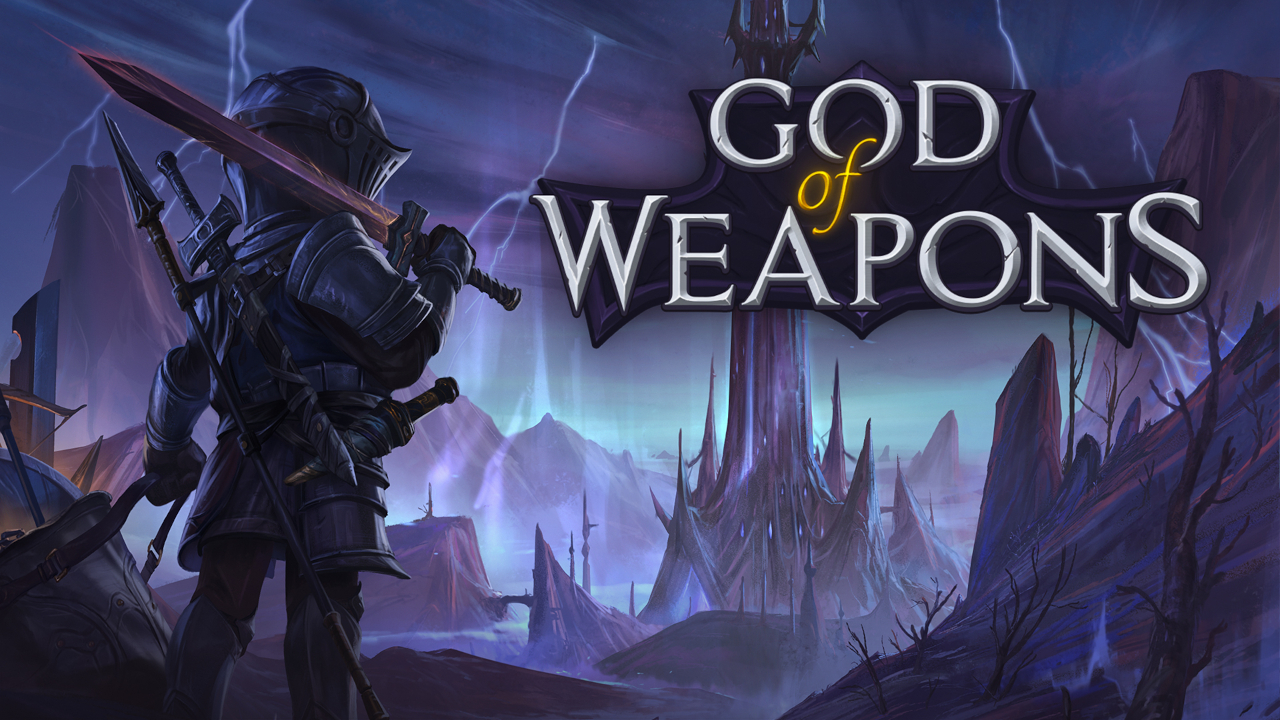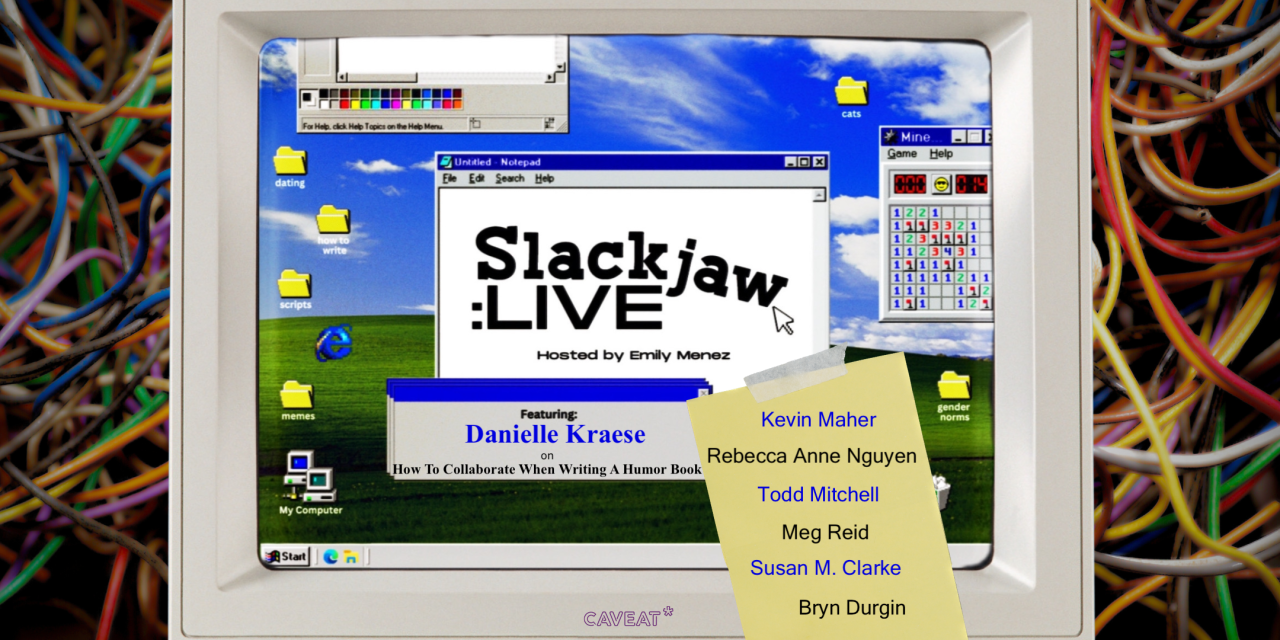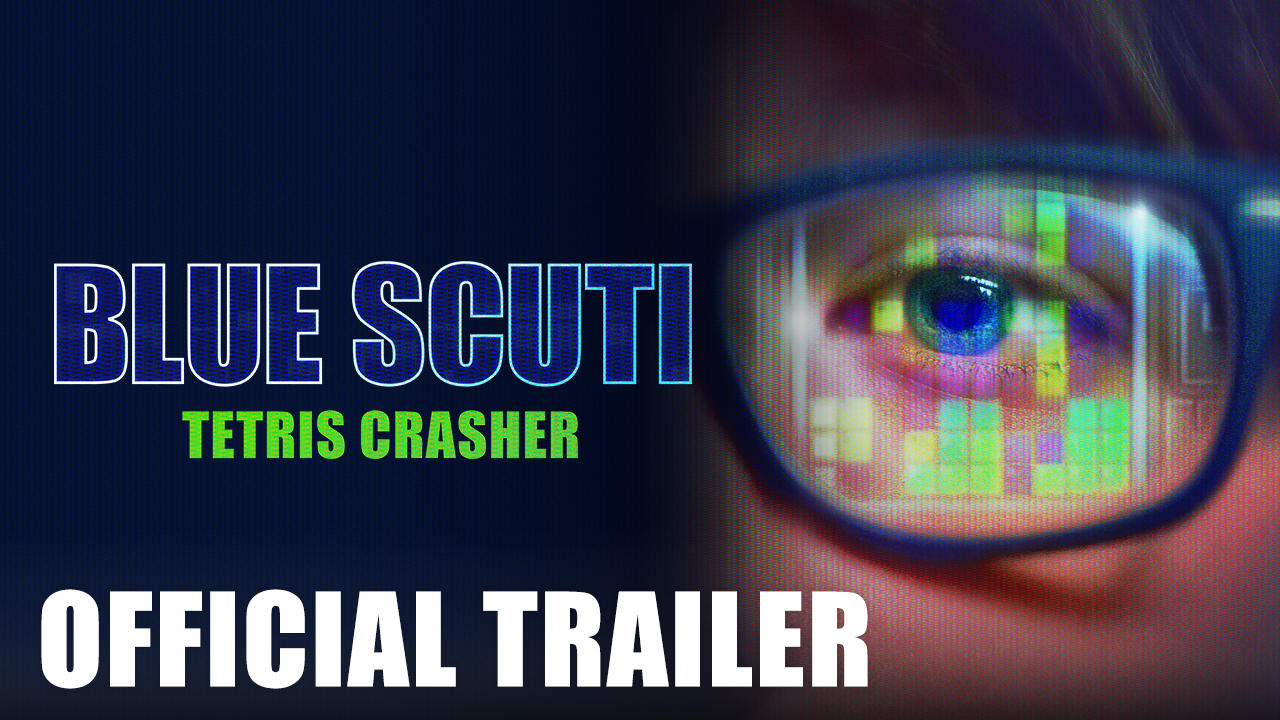I discovered a…curious thing about LJN’s troubled NES game “loosely” based on the Back to the Future film.
Something dawned on me about Back to the Future on NES in the middle of the night, and it’s led me down quite a rabbit hole.
I’ve mentioned elsewhere on the site that I’m deep in the throes of puppy training. Every night for the last month, for example, I’ve dragged myself out of bed at some point between 2 and 4 AM to take him out to do his business, then I check in with my wife who is working remote overnights and try to get myself back to sleep.
Last night, when I was a good 99% asleep just before 3 AM, I had a weird moment of clarity:
“Oh my God. That hyper, repetitive track that plays on repeat almost the whole time you play Back to the Future is The Power of Love by Huey Lewis and the News at like 300% speed.”
Once I had the thought, there was no doubt in my mind that this was true, and I turned out to be right. I will never in my life explain how this happened in my bed, in the dark, while I was virtually unconscious.
We’ll talk about whether or not this is well-known in a moment, but first, a refresher on what the game’s background music sounds like:
Annoying on its own, but worse when you realize it trashes a classic worse than Weezer or a hundred bands more could ever do (phrasing intentional).
If you’re still having trouble getting how this was intended to resemble one of the greatest songs of the ’80s (this statement is non-negotiable), Hylian Warrior on YouTube has slowed the track down and matched it up with the original. Not to mention Huey Lewis and the NES is strong, strong title work.
Was I the last to know about this?
I’m going to argue “no,” and even fewer people seem to have some idea what actually happened here. The one and only big news outlet article I was able to dig up about this was published early this very year on Kotaku as part of a round-up of game trivia people rarely seem to discuss. In his review of the game, Angry Video Game Nerd is mad about the music (rightly), but doesn’t seem to mention what it is. In fact, at one point, he sarcastically asks, “Sounds just like the movie, right?” I wasn’t able to find knowledge of this in the comments, either.
That said, the Wikipedia entry for the game does acknowledge this little tidbit, clarifying that the game has two music tracks total. The other is a version of Chuck Berry’s Johnny B. Goode played later in the game at the same, way-too-fast tempo.
This information would have been lost on me forever because, to this day, I’ve never managed to make it that far into the damn game.
What did happen?
Wikipedia attributes this weird feature to “unknown reasons.” Kotaku’s managing editor who contributed the trivia to their article admitted she didn’t know the reason but suggested maybe it was to get around legal issues if they didn’t have rights to use the songs.
Yes, music copyright issues in games go back nigh these full 40 years. But I’ve dug up more of the story, and apparently, it wasn’t the music rights that led to the bizarre tempo choice–if indeed it was a choice at all.
BTTF was developed for LJN by Australian studio Beam Software, whose time in the industry is actually pretty well documented. The best source of information I’ve found, albeit not-quite-verifiable, is at the Video Game Music Preservation Foundation Wiki. The VGMPF says Gavan Anderson, both a career musician and programmer, worked at Beam from 1988 to 1999, and that Anderson explained some details to the site directly.
“Gavan Anderson has given us confirmation that he created the music and sound effects in this game,” says the VGMPF entry for Back to the Future. “Gavan wrote the music using Beam Software’s audio driver and entered the music in Music Macro Language. He said that the programmers chose the tempo for the music.”
The entry’s author says this is evident in the music files in the source code which lack any tempo setting and apparently relying on the coders to work out the beats per minute.
If it’s true that the rest of the team was in charge, it would have been bad news for the soundtrack right away. BTTF is notorious for its near total disregard for the film’s actual content. In the game, Marty wears a weird black tanktop never seen in the movie and spends a disproportionate amount of his time rolling bowling balls at bees and sheets of glass. It’s unclear if there were tech issues, scheduling problems, or just a lack of interest or concern, but the 1989 game bore little resemblance to the 1985 film.
There’s also apparently a slight mistuning introduced due to the difference in internal clock speed between NTSC an PAL versions of the game. The details between those versions is beyond the scope of this article, mainly because I do not pretend to understand them.
Could…could it be fixed?
When I first learned what was actually going on, it even crossed my mind that it might be fun (and good content) to learn enough about what’s going on in the game’s code to figure out how to fix it.
You know the internet: someone beat me to it during the pandemic. Elite ROM hacker pacnsacdave released an improvement patch on RomHacking.net that slows the game’s music down by half so it can be played closer to what was intended.
This is a relief, because the learning curve to actually get this done almost certainly would have exceeded my interest in doing so. It was hard enough to figure out how to patch a ROM file to try it out.
Here is me flailing abysmally in the game with the music…well…still fairly annoying, but playing as intended.
If you enjoy following along as I hyperfixate on the peculiarities of ancient software, you may also enjoy the lengthy investigation into the soundtrack work of Todd Duane for Extreme Paintbrawl.
If you have more good retro soundtrack weirdness, I’d love to hear about it in the comments.






Leave a Reply